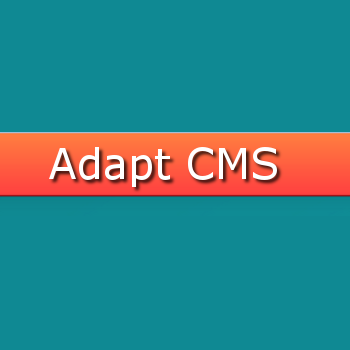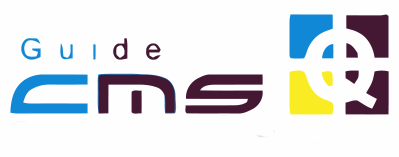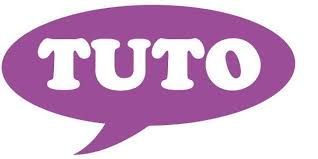
AdaptCMS is an open-source content management system (CMS) designed to be flexible, extensible, and easy to customize. This CMS allows users to create dynamic websites with simplified content management. Below is a detailed technical description of AdaptCMS, including key information such as release date, license, programming language, architecture, database, main features, advanced functionalities, security, as well as the advantages and disadvantages.
1. Release Date:
The first version of AdaptCMS was released in 2015. Since its release, it has continued to evolve with regular updates.
2. License:
AdaptCMS is open-source software released under the BSD-3-Clause license .
3. Programming Language:
AdaptCMS is primarily written in PHP, a server-side programming language widely used for creating dynamic websites.
- PHP: The main programming language used for managing data and functionalities on the server side.
- HTML5: Used for structuring the content of the pages.
- CSS3: For styling and layout of the pages.
- JavaScript: Used for client-side interactions, often with libraries like jQuery.
4. Architecture:
AdaptCMS follows a MVC (Model-View-Controller) architecture, which separates business logic, data presentation, and user request handling. This approach allows for cleaner and more efficient code management.
- Model: Represents the data in the system, business logic, and database access.
- View: Displays the information to the end user, using templates.
- Controller: Handles user requests and determines which response to provide (e.g., display a page or process a form).
This architecture allows for great flexibility and easier maintenance while enabling developers to easily add new features via modules.
5. Database:
AdaptCMS uses relational databases such as MySQL or MariaDB to store all the data related to the website (articles, users, settings, etc.). The database follows a classic structure of tables and relationships, allowing for efficient data management.
6. Main Features:
- Modularity: AdaptCMS is based on a modular architecture, allowing users to easily add or remove features through modules. This makes the CMS extensible and adaptable to the specific needs of the project.
- Intuitive Admin Interface: The admin interface is simple and allows for quick and efficient management of content, users, and site settings.
- Customizable Themes and Templates: AdaptCMS offers customization options through themes and templates. Users can adjust the design of their site according to their needs.
- User and Role Management: The CMS allows for managing different types of users and assigning specific roles with permissions (administrators, editors, contributors, etc.).
- SEO-friendly: AdaptCMS is designed to be easily optimized for search engines, with options for customizing meta tags, URLs, and managing redirects.
- Responsive Design: The CMS automatically generates a website that is compatible with both mobile and desktop devices.
7. Advanced Functionalities:
- WYSIWYG Editor (What You See Is What You Get): A built-in text editor allows users to create and edit content without needing to know HTML.
- Media Management: AdaptCMS provides tools for uploading, organizing, and managing images, videos, and other types of media files.
- Multilingual Support: It supports multiple languages and makes it easy to create multilingual websites.
- API: The CMS exposes an API for integrating with other applications or external systems.
- Content Versioning: AdaptCMS offers a version control system for articles and pages, allowing users to revert to previous content versions if needed.
- Caching System: It includes a caching mechanism to improve website performance by reducing server response time.
8. Security:
AdaptCMS implements security measures to protect data and users:
- SQL Injection Protection: AdaptCMS uses prepared queries to prevent SQL injection attacks.
- Secure Session Management: The CMS uses secure sessions to authenticate users and protects sensitive data by encrypting information.
- Access Control: The role and permission management system allows restricting access to certain parts of the website or specific functionalities based on the user's role.
- HTTPS: AdaptCMS encourages the use of HTTPS to ensure secure communication between the server and users.
- Security Updates: The CMS regularly publishes security updates to fix vulnerabilities and ensure website protection against attacks.
9. Pros and Cons:
Advantages:
- Open-source: AdaptCMS is free and open, providing great flexibility for users.
- Modular: Thanks to its modular architecture, it is easy to add or remove features according to the project's needs.
- Simple and Intuitive Interface: The admin interface is user-friendly, even for non-technical users, making site management easier.
- Enhanced Security: AdaptCMS emphasizes security with protections against common attacks.
- Performance: With its caching system and optimized architecture, AdaptCMS can offer good performance even on high-traffic websites.
Disadvantages:
- Limited Documentation: The documentation for AdaptCMS is not as detailed as that of more popular CMSs like WordPress, which can make learning more challenging for new users.
- Smaller Community: Compared to CMSs like WordPress or Joomla, AdaptCMS has a smaller community, which can make finding help and external resources more difficult.
- Learning Curve for Advanced Features: While the admin interface is simple, developers looking to customize the CMS or add modules will need a good understanding of PHP code.
- Limited Plugin Ecosystem: AdaptCMS offers fewer third-party plugins compared to more popular CMSs, which can limit functionality without custom development.
10. Official Website:
The official website of AdaptCMS can be found at:
https://www.adaptcms.com
Conclusion:
AdaptCMS is a flexible and modular CMS that is ideal for users who need a customized solution for their websites. With its modular structure, intuitive interface, and advanced user and content management, AdaptCMS can be a powerful solution for a wide range of projects, from simple blogs to complex business websites. However, its limited documentation and smaller community may pose challenges for new users or developers with less experience.



